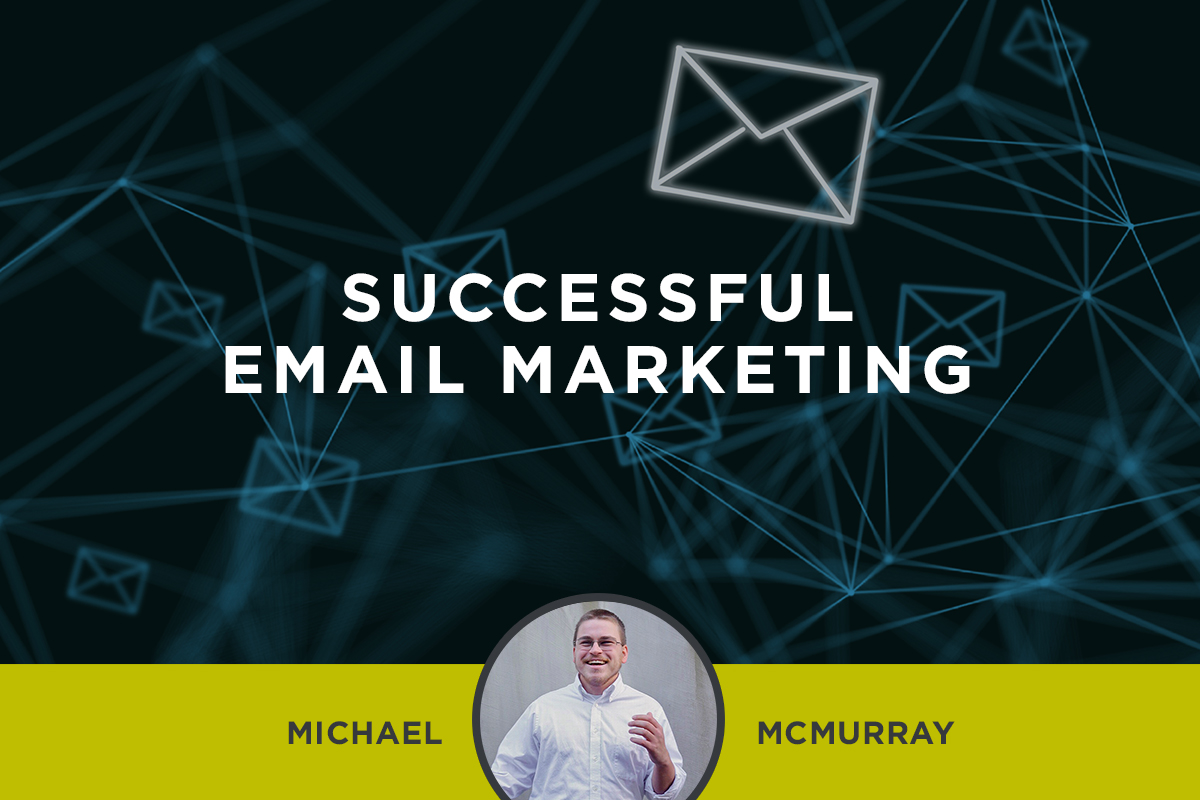Despite the fact all of our inboxes are inundated with email, one of the biggest myths in marketing is that email is an ineffective marketing tool. However, the facts are clear…email is still one of the killer apps of the internet with 90% of Americans using email regularly. 58% of Americans check their email first thing in the morning before any social media app. Email marketing is an important marketing tool that can be used by nonprofits or forprofits as a personalized form of communication that builds a relationship between you, your brand, and your contact.
The first email marketing campaign was launched in 1978 and led to $13 million in sales. While your email campaign may not be quite that successful, email is still an important and useful marketing tool. Here are a few tips to help your campaign yield the best results and enrich your relationship with your stakeholders.
Choose the right email platform
The first step to creating an email marketing campaign is to choose an email platform. There are a number of email tools that you can use to help you. There are several options to choose from, including Sharpspring, Hubspot, Mailchimp or Constant Contact. Thoma is a Sharpspring Platinum partner and primarily uses Sharpspring.
You want to make sure you select a platform that can fulfill your business’s needs and achieve your goals. You can always talk to us about which email platform we’d recommend.
Segment your audience
You’ll want to segment your audience. Audience segments allow you to work smarter, not harder and send personalized messages to parts of your audience. By splitting your audience, you’ll be able to cater messages more directly to the customer and lead to a higher return on investment.
Sometimes email marketing is not about constant contact, but relevant contact. You want to give your audience content that will relate to them and that they will appreciate.
Consistency
Email marketing requires consistency. You should use the tool at your disposal and not leave it on the bench. At Thoma, we keep in contact with our stakeholders by putting out a monthly newsletter called the Thinkfast Newsletter. It is a monthly update with client news, employee headlines and industry insights. It keeps our clients, former customers and friends up-to-date with the goings-on of Thoma.
Content
Sometimes it can be challenging to create new content consistently. One of the best ways to get consistent content is to recycle your content. You can use social media posts, record a podcast or write a blog about the same subject, but frame it up in different ways for each audience.
Whatever your content is though, it should be personalized to the recipient. Sending an impersonal or irrelevant email will earn you a first-class ticket to the spam folder. When an email is not personalized, 52% of customers say they’ll find somewhere else to go.
Plan the workflow
Setting up a workflow before the campaign is important. If your call to action is strong, and your follow-up is consistent, then you can count on a positive campaign.
However, if you promise to send one email per week and instead send them daily, then you’re setting yourself up for failure.On the contrary, if someone is expecting daily updates or critical product updates and you don’t deliver, then they are likely to be just as upset in that case.
Make sure you have a plan in place for what happens when customers take action before you begin sending emails and stick to your plan.
Review your analytics
This should come as no surprise, but with email marketing you should measure everything. Review your analytics after every email send, look at how many people opened it and what they clicked on. You can look up successful email metrics for your industry to know important benchmarks. Being meticulous about every key metric will help you make small changes to your emails that will yield large results.
If you have any questions about using analytics, creating an email campaign — or want to learn more about how your business can utilize email marketing, contact us!

